In spring, there’s nothing better than stepping outside for some sunshine and enjoying the warmth.
You might even take a look around your lawn and landscape, paying attention to what you need to do to clean up from winter. You stroll around, breathing in the fresh air and enjoying the birds singing nearby.
And that’s when you notice it: a weed. You might even do a double take wondering if you saw it right. And your pretty lawn picture is instantly ruined.
Weeds can sure spoil everything. No one wants to embark on summer with weeds cluttering their lawn. Instead of a relaxing walk through your lawn, you instantly go into fight mode. That weed is going down.
The problem is if you don’t know what weed you’re fighting, you might not be able to tackle it, and you could even make the problem worse.
One weed that’s tricky like this is chickweed.
It can germinate pretty fast when you least expect it and when you see it in early spring, you might wonder where it came from.
Chickweed can certainly be daunting. To battle this weed, you need to understand more about when it germinates and how it operates so you can wage a successful war against it in your Northern Virginia lawn.
Let’s learn more about what chickweed looks like and how to kill chickweed, so you can keep this particularly nasty weed out of your Northern Virginia yard and get back to enjoying your lawn again.
Chickweed in Northern Virginia Lawns
If chickweed is a persistent weed in your Northern Virginia lawn, you may be wondering how it got there and what kind of chickweed control might be necessary.

You certainly don’t want it to spread any further. You want to stop it in its tracks immediately. from spreading. Here’s what you need to know about this weed so you can learn how to prevent chickweed in your lawn.
What Does Chickweed Look Like?
Chickweed is an invasive weed species in North America. It came here years ago and has since become one of the most common weeds in Northern Virginia lawns.
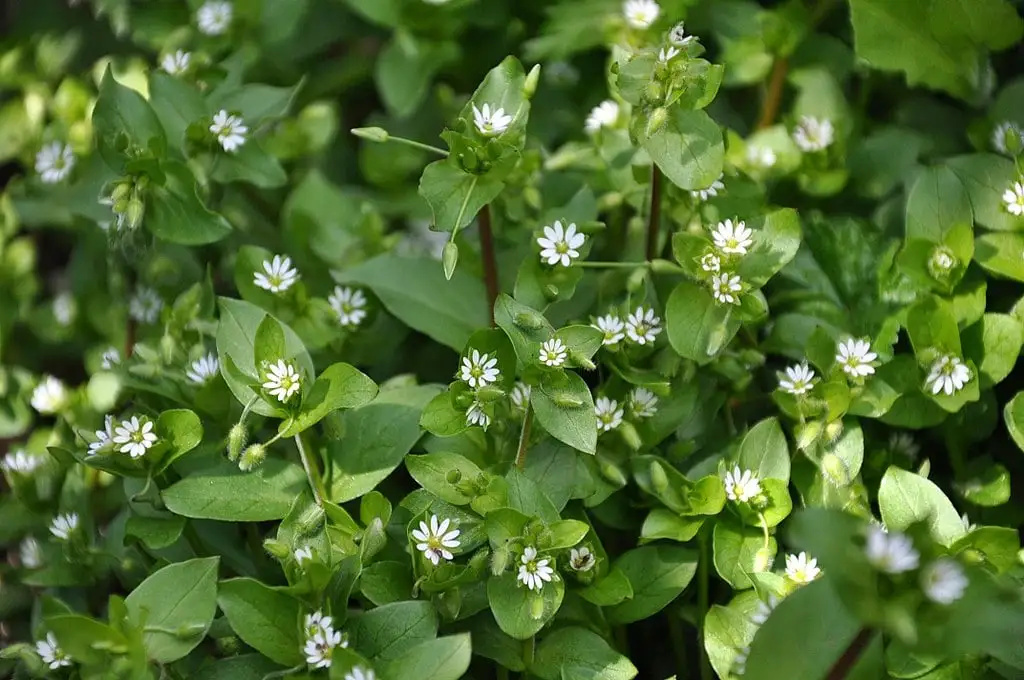
Figuring out if you have this weed means learning how to identify it. What does chickweed look like? Chickweed grows low to the ground and has small leaves and tiny, daisy-like white flowers. There are five petals on each of the flowers, resembling small stars. Chickweed leaves are shiny and broadly egg shaped with pointy tips, as well as mostly hairless or have hairy margins at their bases. They are spaced evenly and are opposite to one another along the weed’s stems.
Chickweed forms small mounds in your lawn about 3 to 8 inches in diameter.
When Does Chickweed in Your Lawn Germinate?
Chickweed is a cool-season winter annual weed that actually germinates in the fall. This is when moisture increases, days lengthen, and temperatures cool – all conditions that this weed loves.
Then this weed overwinters. In February and March, that chickweed will come back and continue growing, becoming more noticeable. This is why you want to learn how to prevent chickweed in your lawn – because if you let it go it can kick off your spring with weeds and start a vicious cycle.
Chickweed can flower in a month and then set seeds in two to three months.
Why is Chickweed in Your Northern Virginia Lawn a Problem?
First of all, chickweed in your lawn competes with your desirable grass for nutrients and water. This isn’t good for the good grass you want to grow.
Another one of the biggest problems with chickweed is that it produces very large quantities of seeds – an individual plant can produce an average of 20,000 to 25,000 seeds.
Additionally, chickweed can quickly spread from new roots that emerge from nodes on its stems. This makes it an extremely prolific and hardy weed, which can be a nuisance on a lawn.
These are all reasons you want to learn how to prevent chickweed in your lawn.
How to Control Chickweed
When it comes to how to control chickweed, timing is important.
The best time to control chickweed is in the fall with a preemergent herbicide. This catches the weed before germination.
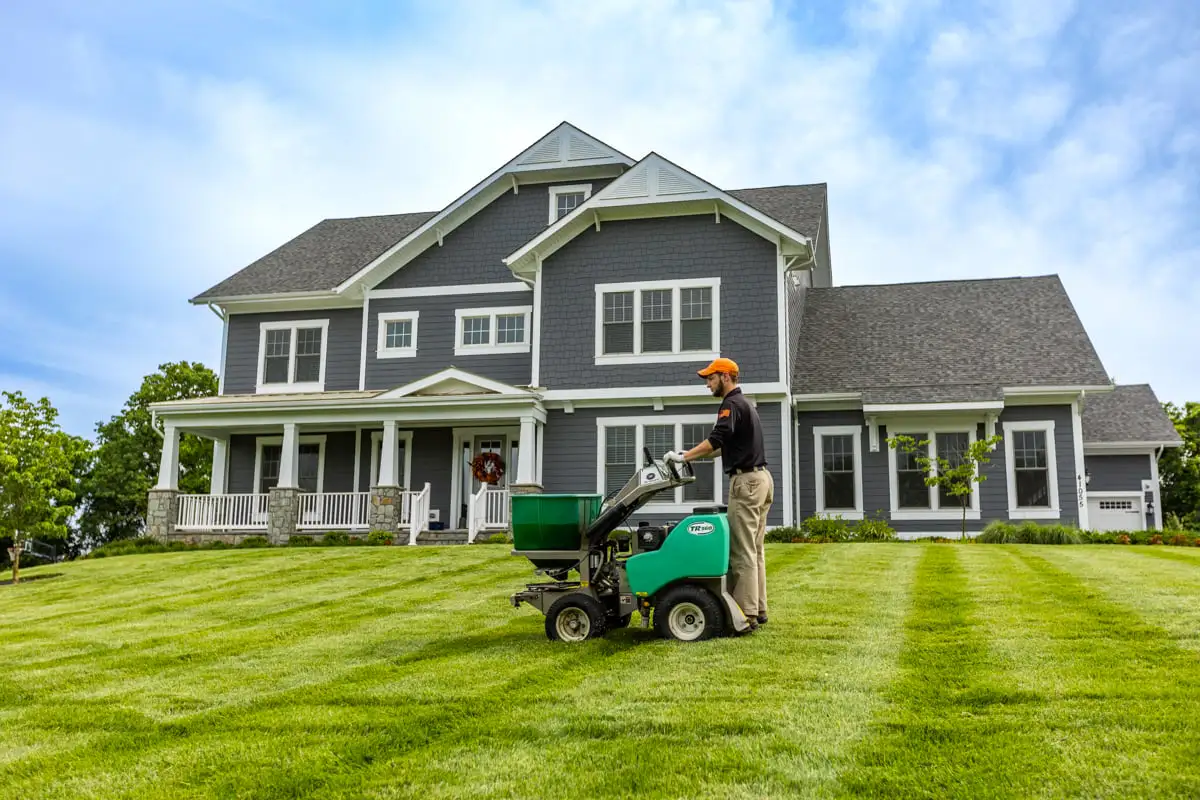
If you miss weed control in the fall, you can tackle chickweed with a broadleaf weed control in spring. This is best done by a professional since proper identification is the first step in precisely targeting herbicides to deliver maximum, targeted control. Lawn care professionals will use specialty herbicides delivered with precise nozzles to reduce the particle size of the product and help it better stick to tough weeds like chickweed. Two blanket applications – one in spring and one in fall – can ensure control.
How to Prevent Chickweed in Your Lawn
Chickweed certainly enjoys taking advantage of opportunities for lawn takeovers. And like most weeds, this weed will grow more easily in weak lawns that lack nutrients, drainage, aeration, and – as a result – are stressed out, weak, and thin.
A tired, worn out lawn can be highly susceptible to attacks by multiple weeds.
That means how to prevent chickweed in your lawn starts with building and maintaining a thick, healthy lawn through proper care.
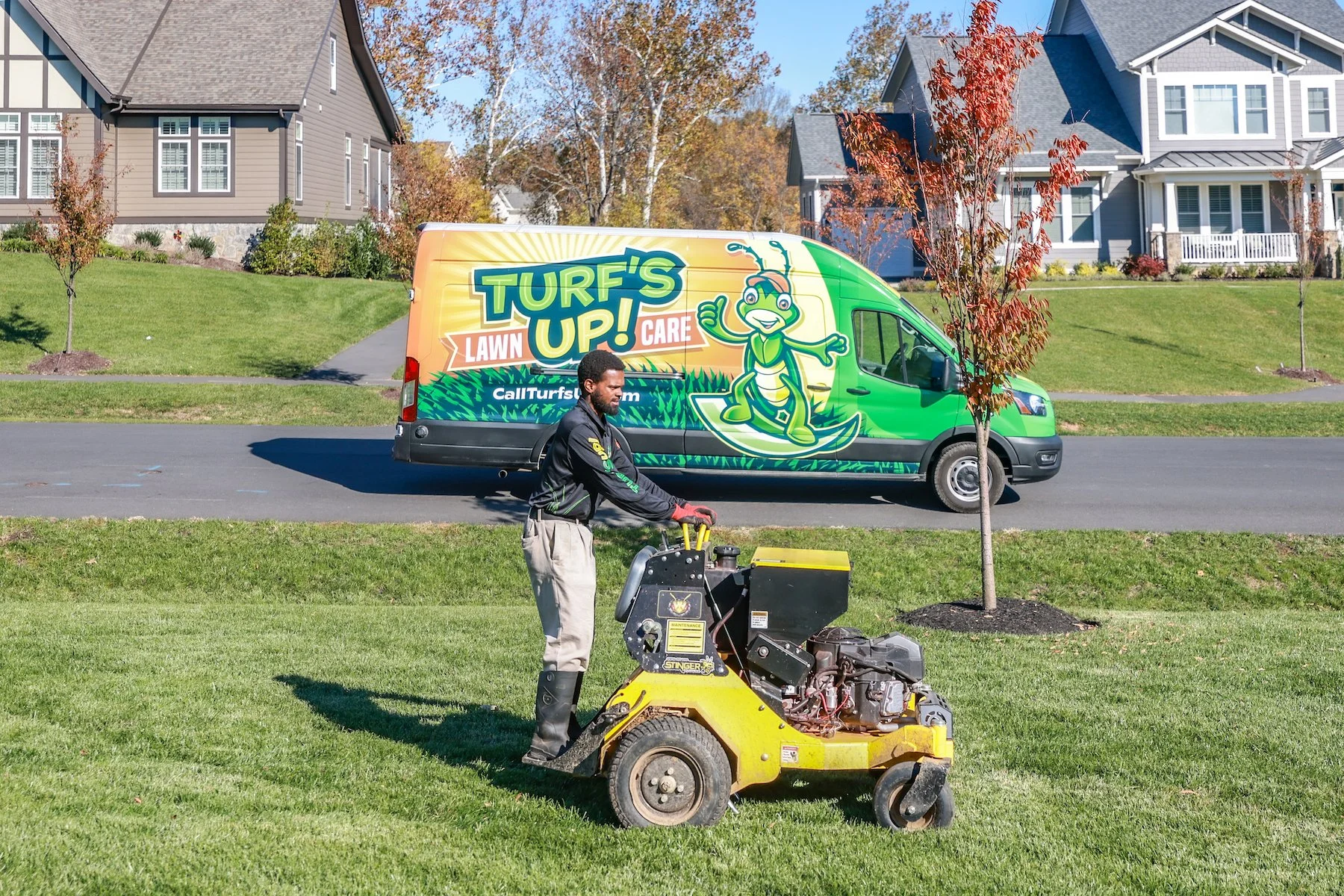
Correct lawn maintenance includes mowing with sharp blades weekly to keep a 3.5- to 4-inch height so your lawn doesn’t become stresses, providing the proper nutrient balance through fertilization based on soil test results, delivering longer and infrequent irrigation, aerating and overseeding annually to limit compaction and fill in bare areas, and adding topdressing to that yearly service to improve your soil.
Your ultimate goal is to create the best environment for your lawn so it grows thick and healthy, giving weeds less of a chance to sneak their way in and ruin your Northern Virginia lawn.
Turf’s Up is Here For You When Chickweed Shows Up in Your Lawn
Many times weed seeds like chickweed can sit and wait until the conditions are just right to erupt. When chickweed takes over your lawn, it can make your yard look like the most neglected one on the block. This is why you want to learn how to prevent chickweed in your lawn.
If you see chickweed in your Northern Virginia lawn, you might become frustrated and not know how to control it. Don’t fret. We’ve got your back.
Choosing Turf’s Up for complete, proactive lawn care services in Northern Virginia that include proper fertilization, as well as both preventive and curative weed treatments throughout the growing season, can give you the peace of mind you need because it’s the best way to keep your lawn weed-free.
Just like lawn weeds hang out for a while once they appear, they also don’t just disappear overnight. Unfortunately, weed seeds are everywhere. They could be lurking in your neighbor’s yard next door or fall out of that bird’s beak as it flies overhead. With consistent monitoring and control, as well as building up your lawn’s health, you can give your grass a chance to fight back and become more weed resistant.
Ready to learn why Turf’s Up could be your totally awesome choice for lawn care services in Ashburn, Aldie, or Leesburg, VA home? We’re stoked to learn more about you and help you have the best lawn on the block. Get started today with a free quote. Together, we can prepare a customized plan that is perfect for you and your lawn.
Image Source: chickweed
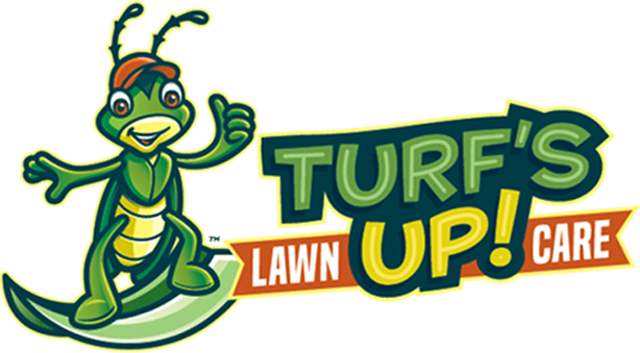
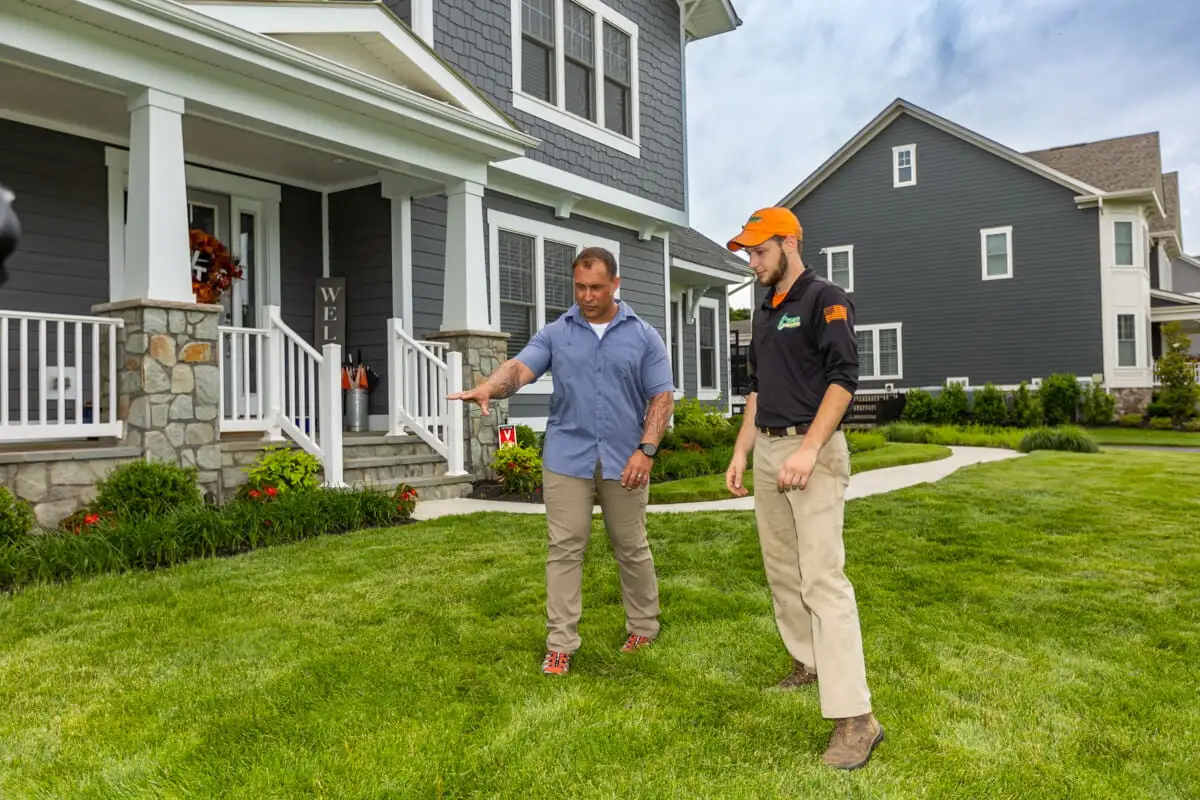




Comments (0)
Thanks for your comment!
Thanks for your feedback! Your comments have been successfully submitted! Please note, all comments require admin approval prior to display.
Error submitting comment!
There is a problem with your comment, please see below and try again.